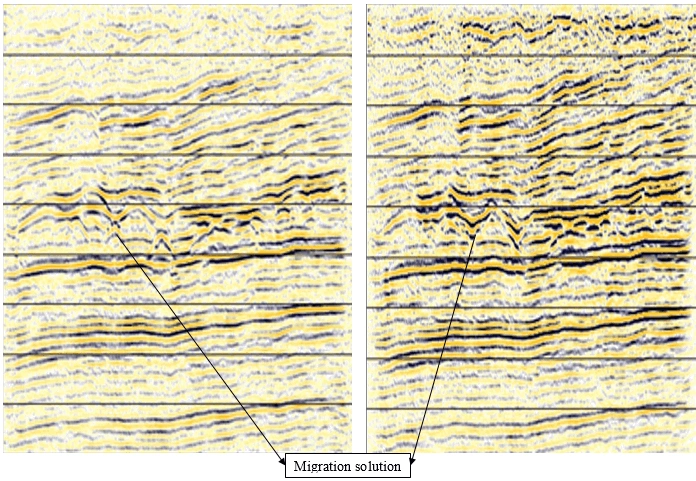2D Land Seismic Data Processing
One of the important elements of the seismostratigraphy interpretation of the seismic data is the use of different characteristic properties, derived from seismic motions and learning change of amplitudes in various offset (AVO analysis).
The reliability of these properties are directly related to the ratio signal/noise of data.
The first step to improve this ratio is the use of different procedures for suppression of interfering waves and noise, as: reverberation, surface waves, waves of air blasts, harmonic noise, noise from vehicles, industrial noise.
Our company presents below part of the technology and methods which work with.
Important procedures in processing are preserved true amplitudes with correction for spherical divergence and surface consistent amplitude correction:
1.Correction of spherical divergence remove the effect of absorption of seismic energy from the geological environment. The amplitudes generally decrease proportionally with increasing radius of seismic wave propagation in depth as well as offset;
2.Surface consistent amplitude correction is a modern iterative procedure calculating the correction coefficients, by four factor analysis, preserving their true ratio for different components, as: source, receiver, offset and common depth point.
- Geometry - 2D Land and Marine, Crocked Line,
Geometry QC
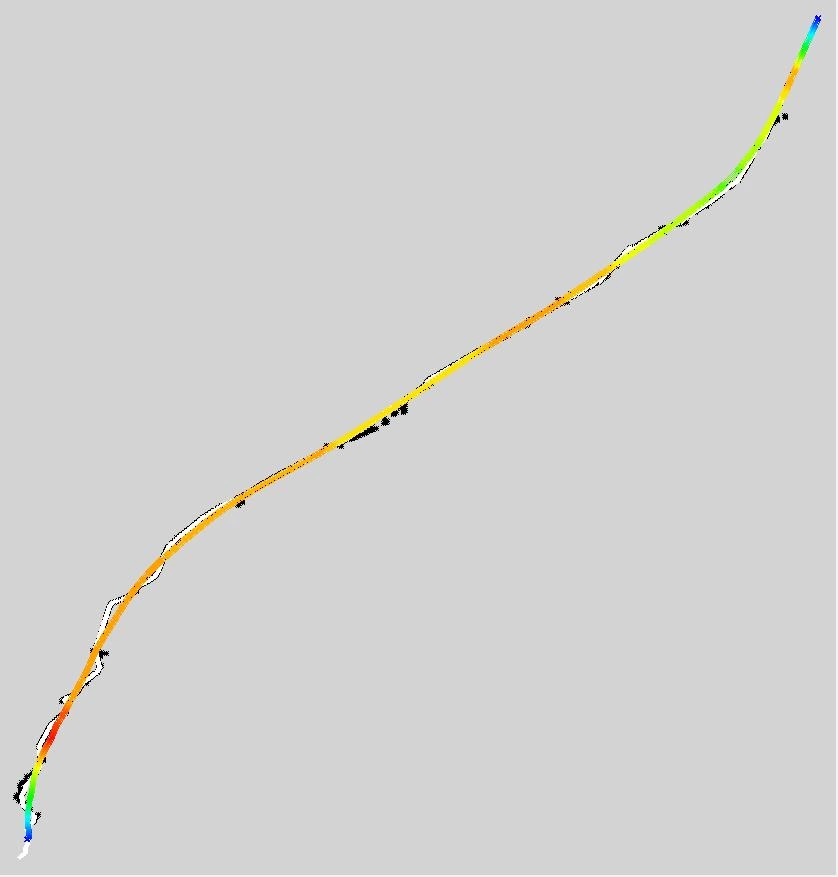
- Trace Interpolation
- 3 Component Processing
- Converted Wave Processing
- Surface Consistent Amplitude Corrections
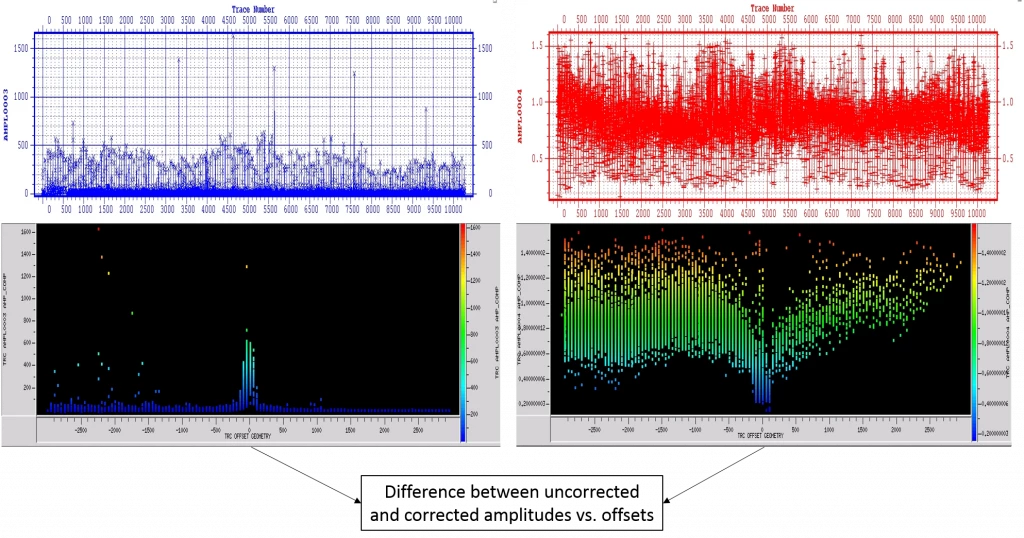
- Distribution Of Compansated Field Of Amplitudes
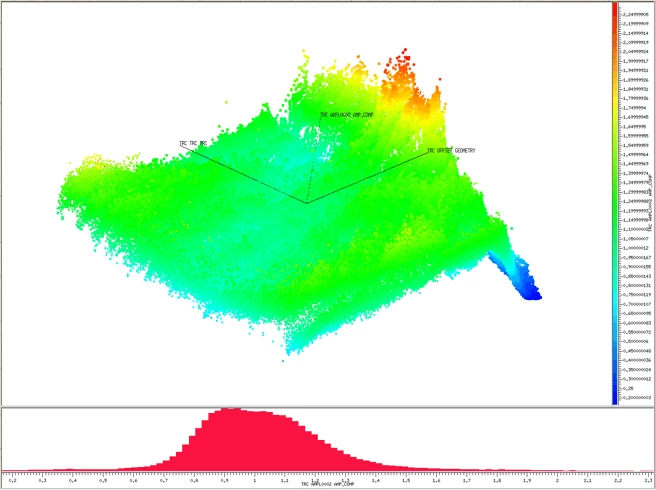
- Surface Consistent Amplitude Corrections ( result shown on section )
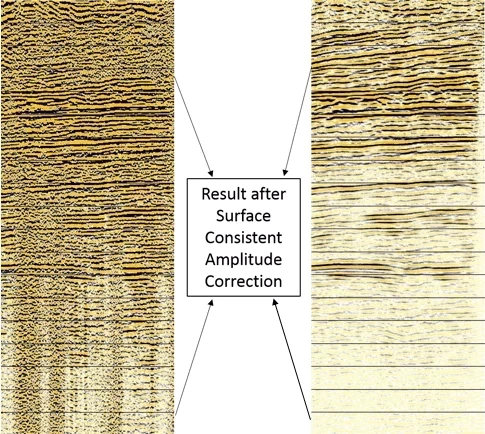
Static corrections are applied to seismic data to compensate for effects of variation in elevation, weathering thickness, weathering velocity and reference to a datum. The objective is to determine the reflection arrival times which would be observed if all measurement have been made on a flat plane with no low velocity material present.
The refracted energy associated with the base of the weathering layer is seen as first arrivals on shot gathers.
First breaks could be of varying quality – depending on the source type and the near surface conditions. Generally vibroseis source produces poor first breaks compared to dynamite. Often for vibro data it is not simple to detect the first breaks due to reminder of sidelobes from sweep correlation.
- Picking and editing of the first break picks
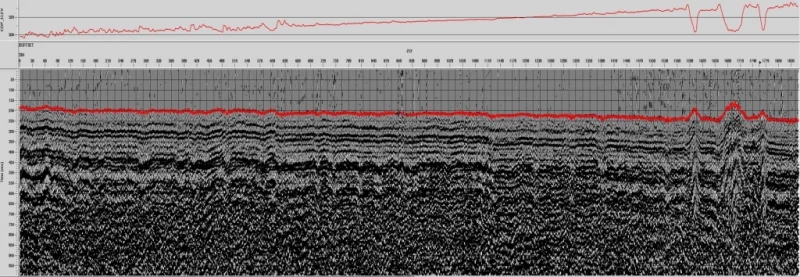
- Tomographic arrival time inversion
- Generalized reciprocal method
- Application of statics calculated from laterally and vertically varying models of the near surface
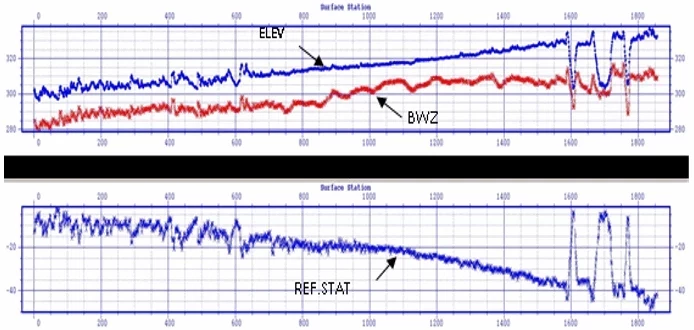
- QC of the first break picks
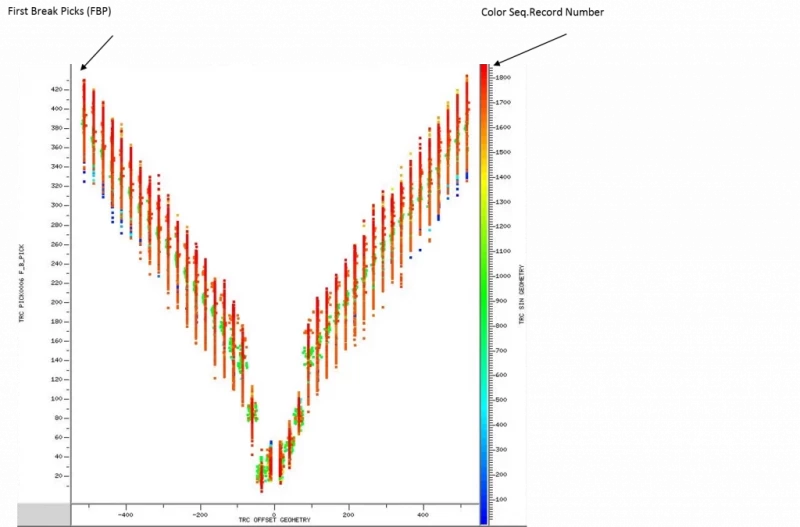
- Deconvolution and Q Compensation
- Horizon Velocity Analysis (HVA)
- Interactive Velocity Analysis
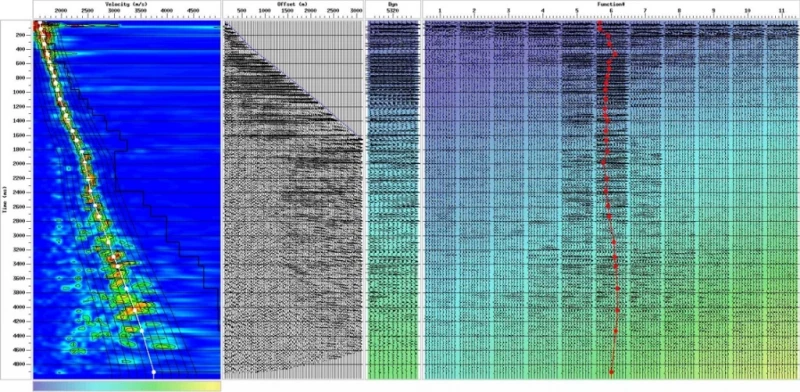
- NMO Correction for Long Offsets
- Residual NMO Correction
- Velocity QC
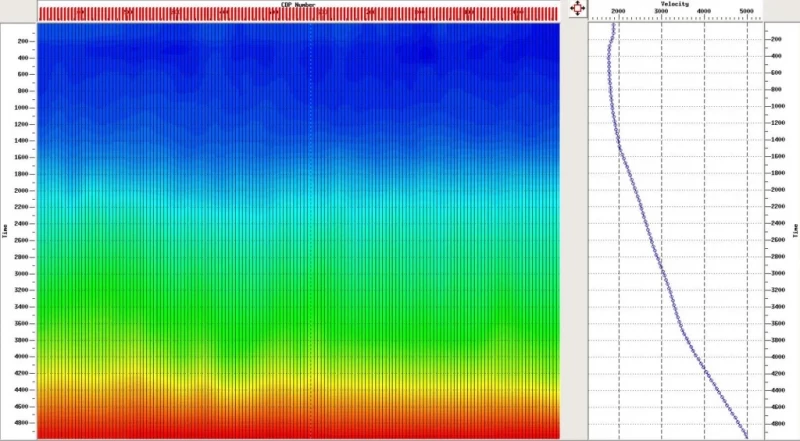
- Maximum power autostatics: Uses the objective function of maximum stack power to optimize the iterative decomposition of trace shifts
- Correlation autostatics: Uses the Gauss-Seidel technique for decomposing trace shifts into shot, receiver, channel and residual horizon velocity components
- Application of CRS STACK Technology
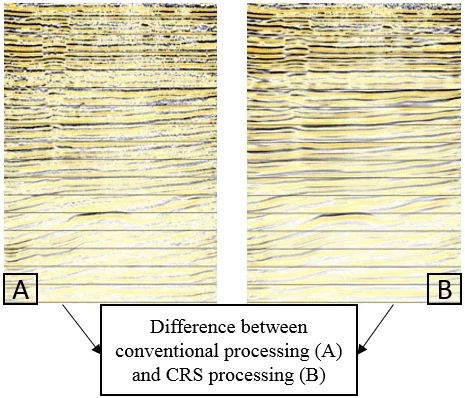
- DMO Processing
- Finite Difference Wave Equation Time Migration - Pre-Stack and Post-Stack
- Kirchhoff Time Migration - Pre-Stack and Post-Stack
- Phase Shift Time Migration
- FK Stolt Time Migration
- Steep Dip Explicit FD Time Migration
- Depth Migration – Wave Equation and Kirchhoff
- Ray Tracing / Tomography / Depth Conversion
- TSUNAMI 2D/3D Time Migration
